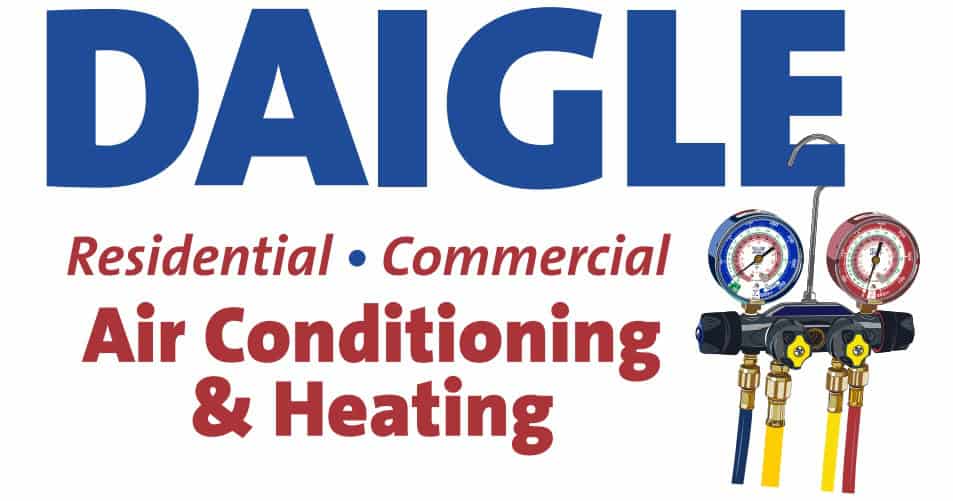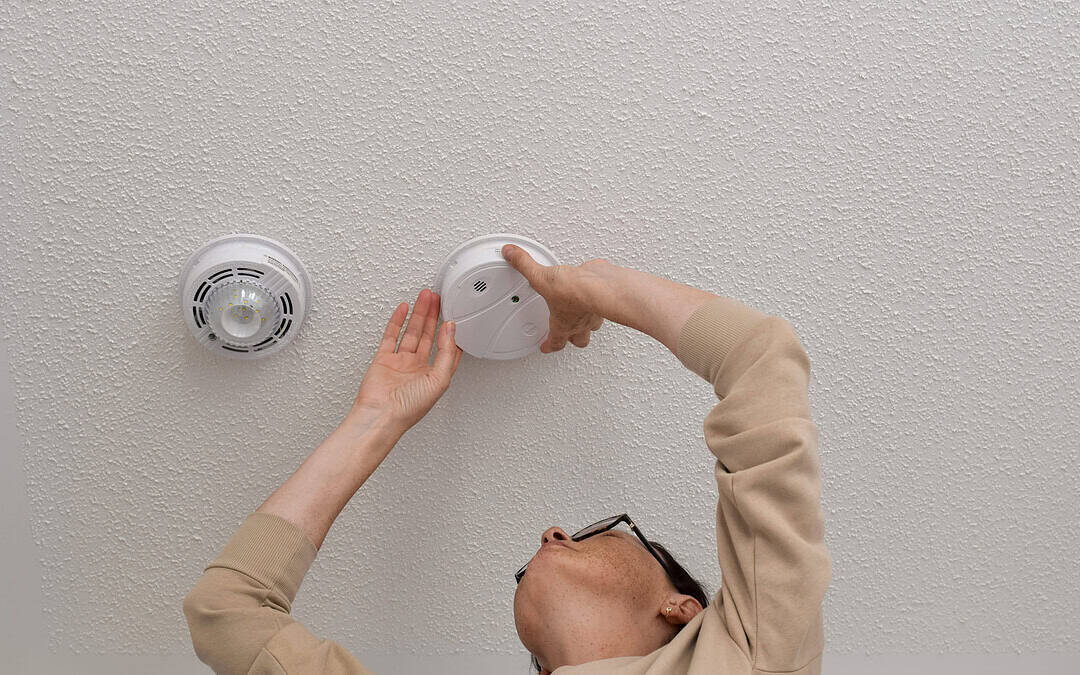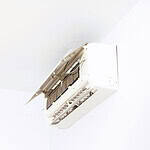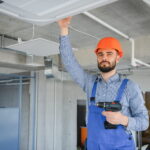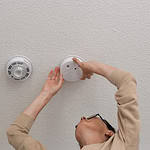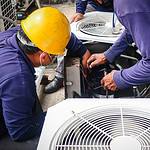Air conditioning (AC) systems are the backbone of comfort in homes and businesses, especially during the sweltering heat of summer. Yet, lurking beneath the cool breeze of your AC could be a silent danger: carbon monoxide (CO). This colorless, odorless gas can lead to serious health risks, including fatal poisoning if not detected and addressed promptly. This article dives into the essentials of detecting and preventing carbon monoxide in AC systems, underscoring the pivotal role of professional AC repair in safeguarding your environment.
Understanding Carbon Monoxide
Carbon monoxide is a byproduct of incomplete combustion. It’s dangerous because it binds to hemoglobin in the blood more effectively than oxygen, leading to oxygen deprivation in organs and tissues. AC systems, particularly those that are gas-powered or connected to furnaces, can become unexpected sources of CO if they malfunction. The Centers for Disease Control and Prevention (CDC) reports that over 400 Americans die from unintentional CO poisoning not linked to fires annually, highlighting the importance of awareness and prevention.
- Regularly inspect your heating systems, including gas appliances and chimneys.
- Install carbon monoxide detectors on every level of your home or business.
- Be aware of the symptoms of CO poisoning, such as headache, dizziness, weakness, upset stomach, vomiting, chest pain, and confusion.
Common Sources of CO in AC Systems
AC systems themselves typically do not produce carbon monoxide, as they do not burn fuel. However, systems integrated with gas furnaces or those that share ventilation with heating appliances can become conduits for CO entering the living spaces if there are leaks or malfunctions. Faulty installation, poor maintenance, or cracks in the heat exchanger can lead to CO leaks.
- Ensure professional installation and regular maintenance of your AC and heating systems.
- Be vigilant about the condition of your equipment, especially older units.
- Schedule annual inspections by qualified technicians to detect potential risks early.
Detecting Carbon Monoxide in Your Home
The first step in preventing CO poisoning is detection. Carbon monoxide detectors are invaluable in alerting you to the presence of CO. The Environmental Protection Agency (EPA) recommends installing a CO detector on every floor of your home and near sleeping areas. Additionally, being aware of the physical symptoms of CO exposure can save lives, as they often mimic those of the flu without the fever.
- Test and replace the batteries in your CO detectors regularly.
- Consider smart CO detectors that can send alerts to your phone.
- Never ignore a CO detector alarm; evacuate immediately and call emergency services.
Preventive Measures for AC Systems
Preventing carbon monoxide production starts with the proper care and maintenance of your AC and heating systems. Regular professional servicing ensures that your systems are operating safely and efficiently. Technicians can spot and fix potential hazards before they become serious problems. Keeping vents and chimneys clear of blockages is also crucial to prevent the buildup of harmful gases.
- Change or clean your AC filters as recommended by the manufacturer.
- Keep vents and flues free from debris to ensure proper ventilation.
- Opt for professional maintenance services at least once a year.
Professional AC Repair and Carbon Monoxide Prevention
Professional AC repair services play a crucial role in preventing carbon monoxide issues. Certified technicians have the expertise to conduct thorough inspections, identify and repair leaks, and ensure that your system complies with safety standards. They can also advise on the best CO detectors and safety practices. Choosing a reputable AC repair service is essential for maintaining a safe and healthy environment.
- Look for certified and experienced AC repair professionals.
- Ask for references and check reviews before hiring a service.
- Discuss safety inspections and CO prevention measures with your technician.
DIY Safety Tips
While some AC maintenance tasks are suitable for DIY, safety should always be your top priority. Simple actions like replacing filters and keeping outdoor units clear of debris can be done by homeowners. However, when it comes to gas connections, venting systems, or electrical repairs, it’s best to leave it to the professionals. Always turn off the power to your AC unit before performing any maintenance.
- Regularly clean around your AC unit to ensure unobstructed airflow.
- Replace disposable filters or clean reusable ones every 1-3 months.
- Avoid DIY repairs on gas furnaces or electrical components.
In exploring the critical relationship between AC systems and carbon monoxide safety, it’s clear that awareness, prevention, and professional intervention are key to protecting against this invisible threat. Regular maintenance, proper detection equipment, and the expertise of professional AC repair services are indispensable in ensuring that your cooling systems provide comfort without compromise.
Key Takeaways for Preventing Carbon Monoxide in AC Systems
- Carbon monoxide is a deadly gas that can be emitted by malfunctioning heating systems integrated with AC units.
- Installing CO detectors and ensuring they function correctly is crucial for early detection of carbon monoxide.
- Regular, professional maintenance of your AC and heating systems is essential to prevent CO leaks and ensure safe operation.
- Recognizing the signs of CO poisoning and knowing how to respond can save lives.
- Choosing qualified professionals for AC repairs and maintenance significantly reduces the risk of CO exposure.
Frequently Asked Questions
Can my air conditioner produce carbon monoxide? While air conditioners themselves do not produce carbon monoxide, systems that are combined with gas furnaces or poorly maintained can lead to CO entering your home if there are leaks or malfunctions.
How often should I have my AC system inspected? It’s recommended to have your AC system professionally inspected at least once a year, ideally before the cooling season begins.
What’s the best place to install a carbon monoxide detector? Install carbon monoxide detectors near sleeping areas and on every level of your home, including the basement. Ensure they are placed away from direct sunlight and moisture-prone areas.
Can I install a carbon monoxide detector myself? Yes, most carbon monoxide detectors are designed for easy installation by homeowners. Follow the manufacturer’s instructions for placement and testing.
What should I do if my carbon monoxide detector goes off? Immediately evacuate everyone from the premises and call emergency services. Do not re-enter the home until it has been inspected and deemed safe by professionals.
- About the Author
- Latest Posts
Founded in 2006, Daigle A/C & Heating has grown from a small startup to a multi-state operation through dedication to detail and quality workmanship. Specializing in air conditioning and heating solutions, the company not only serves residential and commercial clients but also holds contracts with various U.S. Government outlets.
